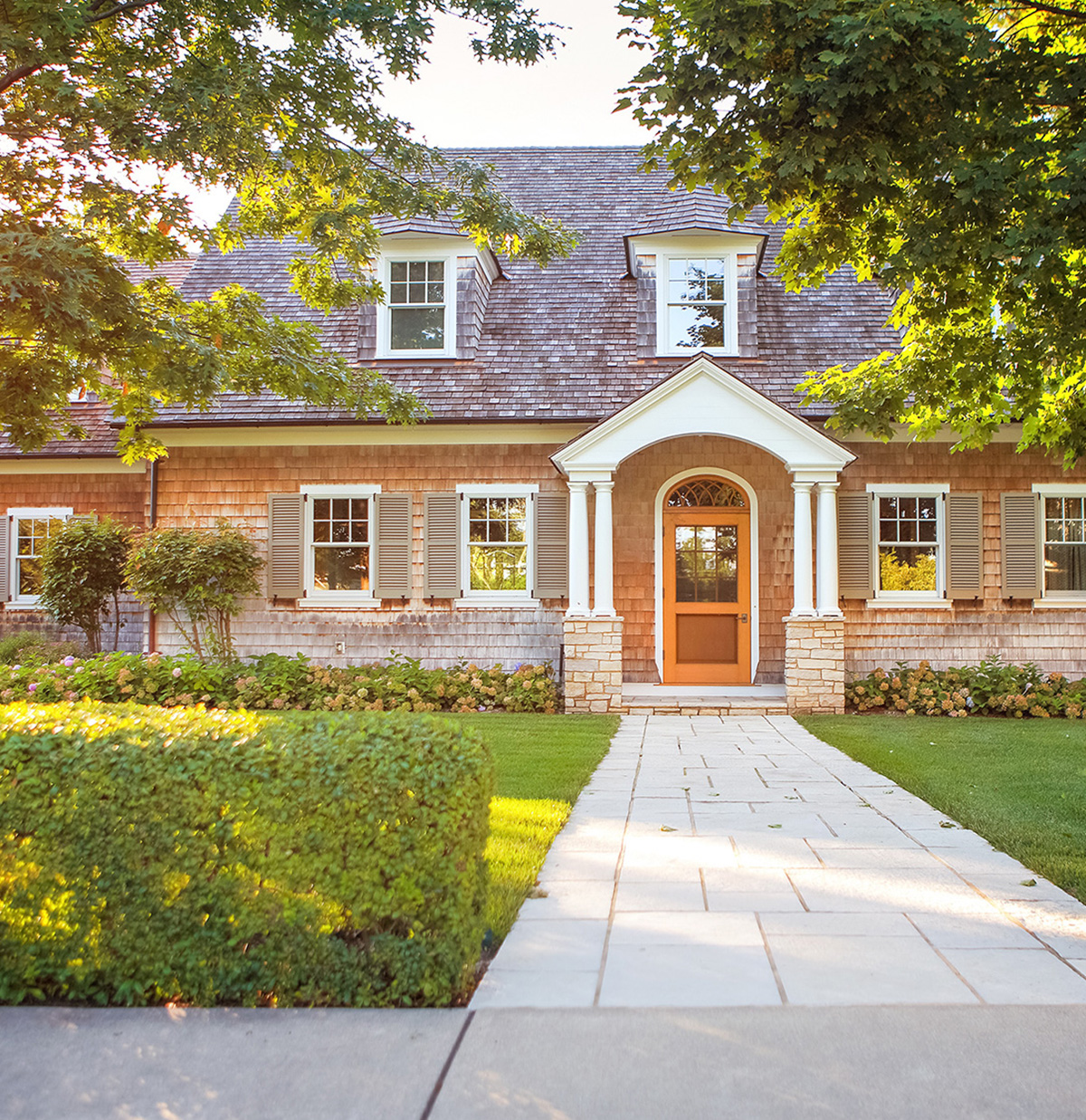Interior & Exterior
Basement Waterproofing
What is the Difference Between Interior and Exterior Basement Waterproofing?
SCROLL TO CONTINUE


Two Types of Waterproofing
There is not just one type of waterproofing. There is interior waterproofing and exterior waterproofing. They both have their own set of pros and cons. Interior waterproofing may be the best option for one type of home and exterior basement waterproofing may be better for another. In order to decide what type of basement waterproofing is best for you and your home, you need to understand the differences between interior and exterior.

Exterior Waterproofing

Interior Waterproofing
The main difference between these two waterproofing types is that exterior waterproofing prevents water from entering the basement. Whereas, interior waterproofing works to reroute water that has already entered your basement.
Interior waterproofing systems often include pipes, drains, sump pumps, and dehumidifiers.
The pipes and drains installed are used to capture any excess groundwater. This water is taken through the pipes to the sump pit. This is a large trench that collects all of the excess water from your basement. There is a sump pump inside of this basin. This pump pumps the water out and away from your home before it can cause detrimental damage.
Vapor barriers are also used in interior waterproofing. These consist of plastic or foil protective sheeting, which is placed along walls. The goal of this is to seal out extra moisture. Dehumidifiers are also used to keep excess moisture out of your basement’s air.
Interior waterproofing is often cheaper than exterior waterproofing methods. However, it is important to remember, interior waterproofing is more so water management. It does not prevent water from coming into your basement. Interior systems work to remove the water that has already entered your home.


